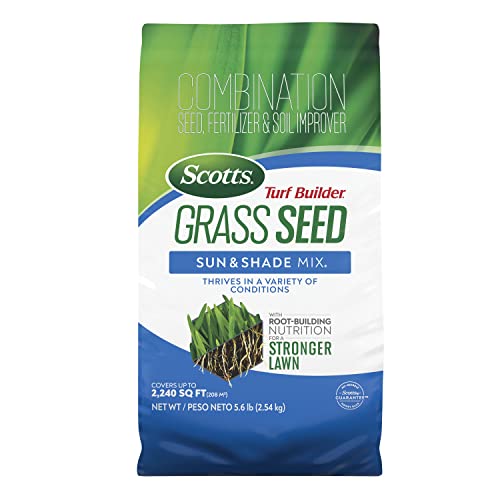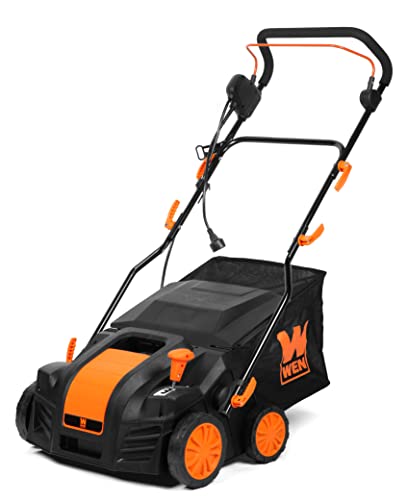Lawn experts recommend these 4 steps to fix an overgrown lawn, plus they reveal one golden rule never to break
Transform your grass from an untidy mess to a beautiful lawn - but don’t rush the process

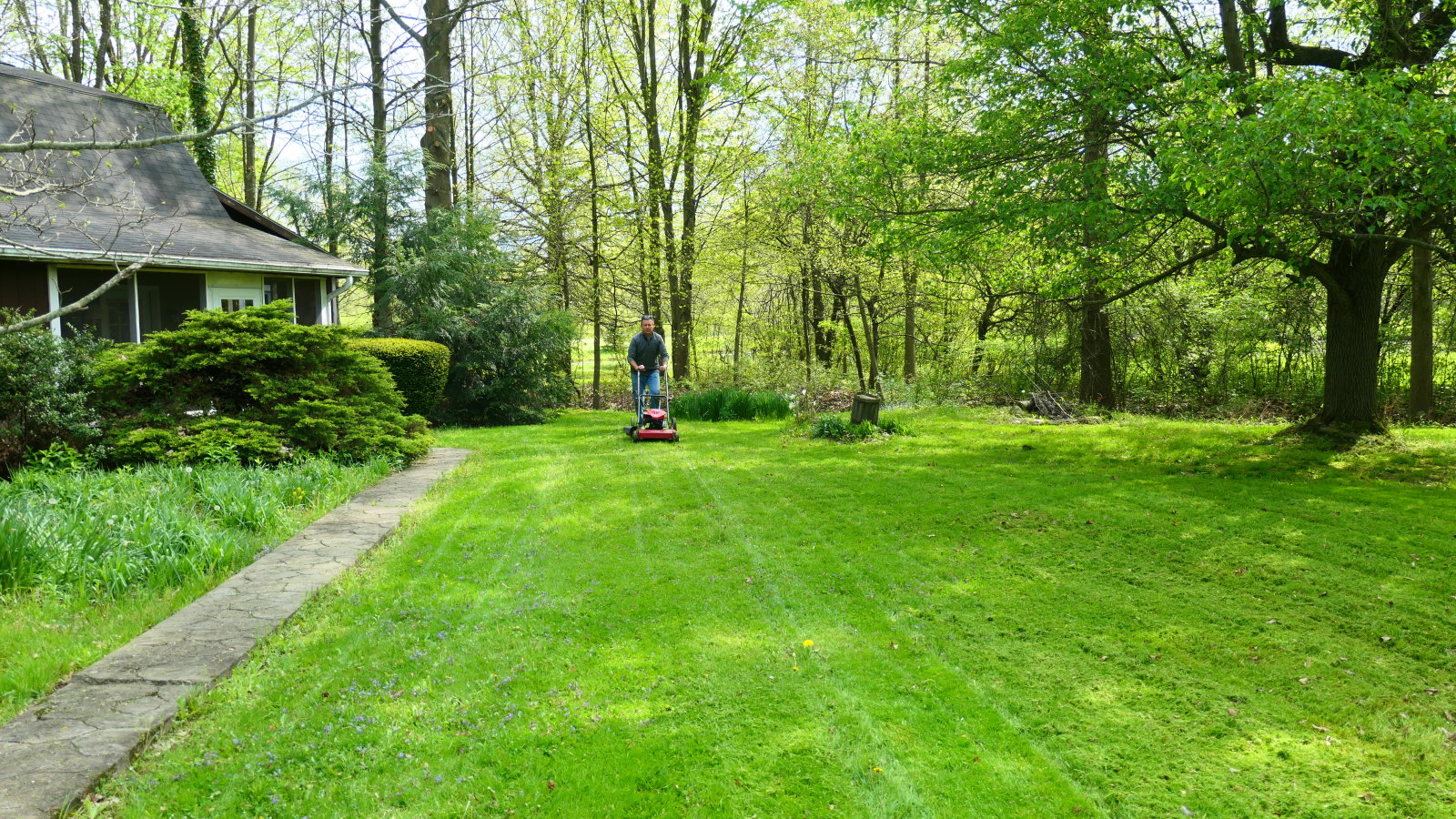
An overgrown lawn can occur for many reasons, but it can be remedied. Whether yours has gotten out of hand or you have purchased a new home and need to fix an overgrown lawn, here are some tips to whip that grass back into shape.
The most important thing is to take considerate action. Fixing an overgrown lawn isn’t as simple as just grabbing a lawn mower or weed trimmer and cutting the grass. This approach can stress the grass and result in an unsightly, unhealthy lawn.
There are a few lawn care steps you should take to fix an overgrown lawn. I spoke to two turf care experts who revealed what to do, and what not to do, to rescue overgrown grass and turn it into a beautiful lawn.
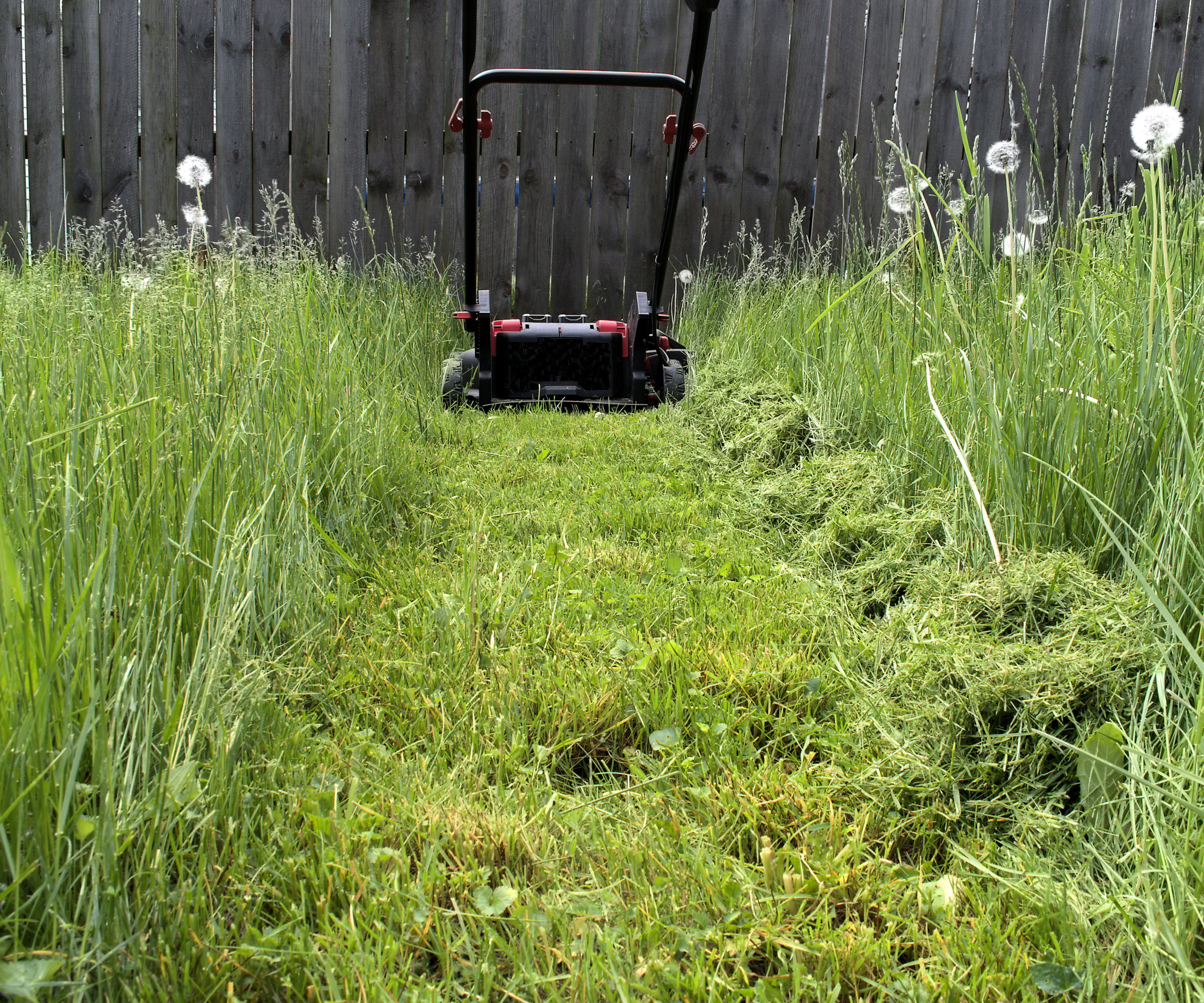
From overgrown to beautiful lawn - here’s how to make a rescue plan
The following steps are highly recommended to tame a wild yard and turn long grass into a green and thick lawn. It may take some time and elbow grease, but the results will outweigh the work.
How to fix an overgrown lawn in 4 expert-approved steps
To restore an overgrown lawn, you want to develop a seasonal maintenance plan to return it to its best condition. This involves several steps, such as mowing safely to lower the height, aerating and dethatching to improve drainage, and fertilizing the lawn to replenish nutrients.
1. Repeated mowing to reduce the height

The first step is to mow the lawn to reduce the height of the grass. However, it is important to start slowly to avoid cutting it too short, as this can damage the lawn.
‘Continuously letting the lawn grow too tall and then cutting it back drastically can stress the grass, leading to thinning and an unhealthy lawn. The "golden rule of mowing" is to never cut more than one-third of the grass blade at a time to encourage deep root growth,’ says Eric Halfman, go-to-market manager at John Deere.
Design expertise in your inbox – from inspiring decorating ideas and beautiful celebrity homes to practical gardening advice and shopping round-ups.
Troy Hake, owner of Outsidepride, a national lawn and garden seed source, recommends shortening the overgrown blades with a weed trimmer first, to avoid damaging a lawn mower by mowing long grass and overworking its engine.
‘Allow the lawn to recover and rest for a few days to a week. Then, mow the lawn to 1/3 of the grass blade length,’ he adds. ‘This slow pace of cutting 1/3 of the overall height of the lawn each time you mow can help lessen damage.
‘Repeat the mowing process once a week until the lawn reaches the desired height.’
It is best to remove the grass clippings after mowing as you reduce the height of the lawn. This not only prevents an unsightly appearance, but also long grass clipping smothering the lawn underneath.
You can use the grass clippings to make compost or add them as a mulching material in flower beds or vegetable gardens.
2. Dethatch and aerate to reinvigorate the lawn
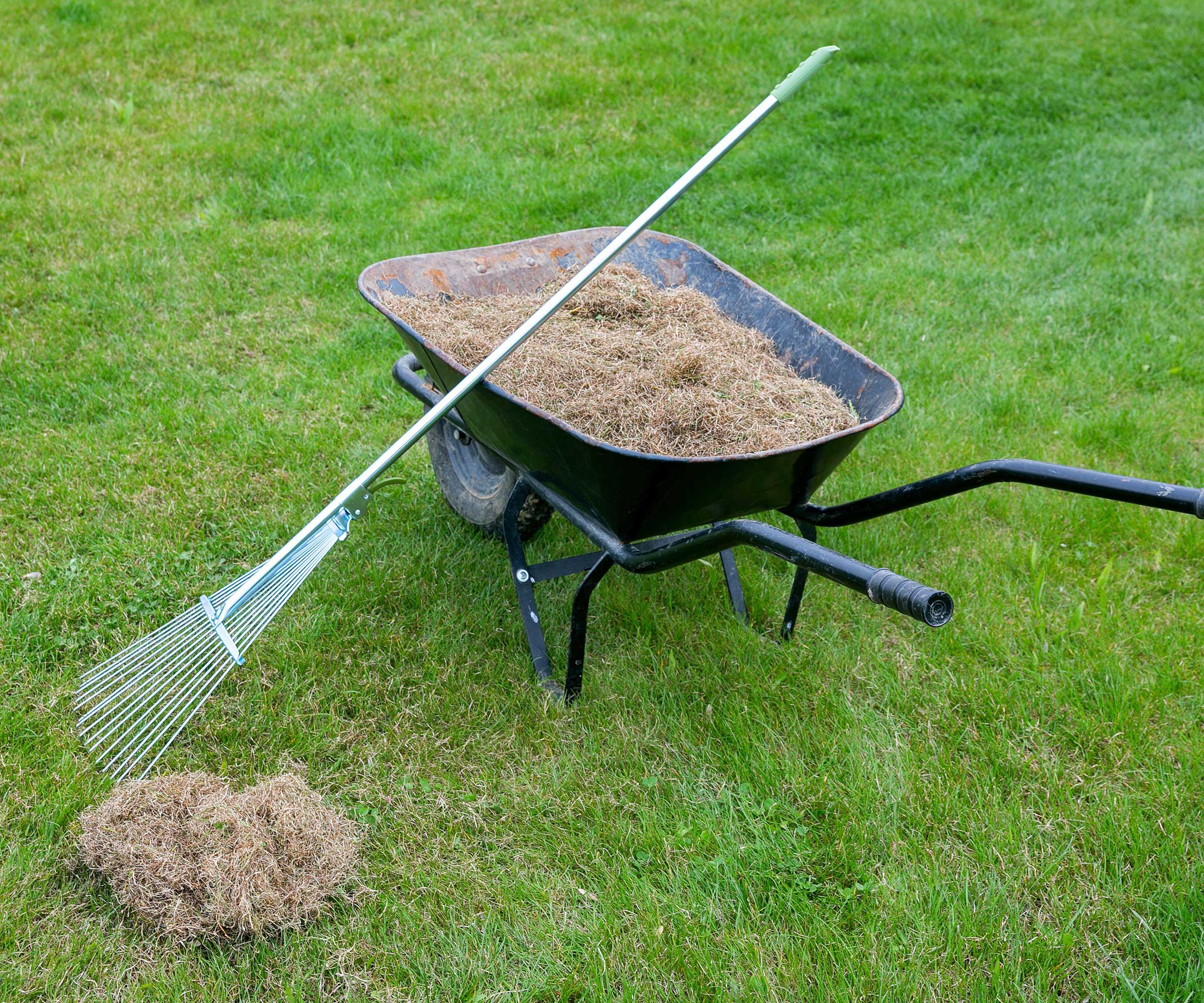
Once the lawn reaches the appropriate height, it is time to focus on other essential lawn care tasks that will aid in the recovery of your grass.
‘Dethatching, followed by aeration, fertilizing, and overseeding, is a smart and effective way to bring new life to an overgrown lawn, claims Troy Hake. These revitalizing lawn care tasks are best done in spring or fall, but can benefit a rescued overgrown lawn through the growing season.
Start the rejuvenation process with dethatching the lawn. Eric Halfman says that dethatching is ‘a useful first step to remove dead grass and organic matter, ensuring your lawn is clean and ready for the next stages’ and then aeration follows as ‘a great way to relieve soil compaction’.
Aerating a lawn will open the soil, which not only assists with drainage but also helps make fertilizing and overseeding more efficient as part of the restoration process.
3. Feed to promote healthy growth

Next, you should replenish nutrients in the soil, which may have been depleted by the overgrown grass, by fertilizing the lawn. Feeding the soil with a quality lawn feed will promote healthy new growth from the existing roots. If the soil nutrient levels are low, any new growth may be weak.
‘The ideal time to fertilize is when the grass is actively growing and in good health, typically in spring, early summer, and fall,’ advises Eric Halfman.
‘Most lawns benefit from fertilizer applications every 6 to 8 weeks. However, avoid fertilizing during periods when the grass is stressed or dormant, such as during hot, dry summer months.’
4. Overseed to fix bare spots

There may be lots of soil visible after mowing the lawn. You can easily repair patches in the grass by overseeding a lawn with fast-growing grass seed to fix these spots and create a blemish-free lawn.
The best times to plant grass seed are in spring or fall, when the temperatures are mild and the soil is moist, but it does come down to the type of seed you are sowing.
Cool-season grasses do best in spring or early fall, while warm-season grass seeds are best for late spring or early summer.
FAQs
How do you treat a lawn full of weeds?
A lawn full of weeds can be tackled in two ways - either by taking steps to remove the weeds or by a complete renovation to renew the lawn.
If you would prefer to tackle them, perennial weeds are best removed completely by hand, and a selective weedkiller can be used to kill weeds but not grass.
Very thick patches of weedy growth in lawns may require a complete overhaul of the turf. In this case, the grass may be lifted, the ground prepared, and then new turf laid.
Alternatively, take a more natural approach and embrace a more informal lawn. The weeds and wildflowers that will bloom can provide food for pollinators and beneficial insects.
Frequent mowing is required during the growing season to keep a lawn short, neat, and healthy. In addition, it is highly beneficial to vary the direction of mowing each time to encourage the healthiest growth, minimize soil compaction, and for the lawn to look its best.
Our guide to establishing the ideal mowing pattern outlines the best directions to mow throughout the season for even cutting and healthy growth. The reward will be a lush and beautiful lawn to enjoy.
Shop lawncare essentials

Drew has worked as a writer since 2008 and was also a professional gardener for many years. As a trained horticulturist, he worked in prestigious historic gardens, including Hanbury Hall and the world-famous Hidcote Manor Garden. He also spent time as a specialist kitchen gardener at Soho Farmhouse and Netherby Hall, where he grew vegetables, fruit, herbs, and cut flowers for restaurants. Drew has written for numerous print and online publications and is an allotment holder and garden blogger. He is shortlisted for the Digital Gardening Writer of the Year at the 2025 Garden Media Guild Awards.
